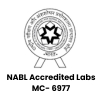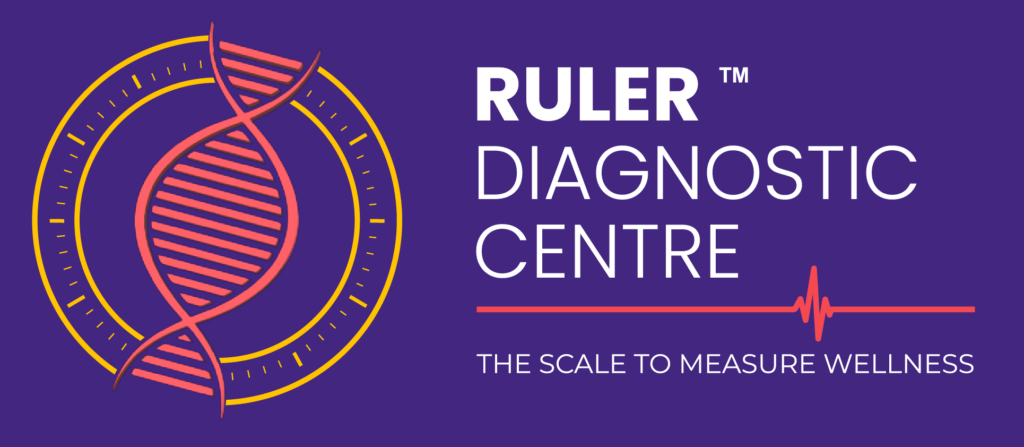The dual marker test is an important part of prenatal care, aiming to ensure the well-being of both the mother and the baby. As you anticipate the arrival of your little one, understanding this test can be comforting and empowering. The purpose of this blog is to simplify the concepts and provide educational insights to help expectant parents feel reassured. With less worry, you can focus on what truly matters—preparing for the joyous arrival of a new family member.

Understanding the Basics of Dual Marker Test: An Insightful Perspective
The dual marker test is a prenatal screening used in the first trimester to assess the risk of chromosomal abnormalities in a baby. It analyzes the levels of specific proteins and hormones in the mother’s blood. This test is crucial because it helps healthcare professionals identify potential concerns early.
Proteins like free beta-human chorionic gonadotropin (β-hCG) and pregnancy-associated plasma protein-A (PAPP-A) play vital roles in this screening. An abnormal level of these proteins can indicate a risk for conditions such as Down syndrome. Hence, a dual marker blood test in pregnancy provides significant insights into the baby’s health.
Healthcare providers recommend the double marker test because it enables early detection of abnormalities, allowing parents to make informed decisions about further testing or actions. By offering a glimpse into the baby’s developing health, this test serves as a cornerstone for parental peace of mind.
Step-by-step Expectations: Preparing and Undergoing a Dual Marker Test
Preparing for a dual marker test involves a few simple steps:
- Consultations: Talk to your healthcare provider to understand the process and schedule the test.
- Diet: You don’t need to fast, but following a balanced diet can be beneficial.
- Scheduling: Ensure you have an appointment during the first trimester, typically between 10 and 14 weeks of pregnancy.
At the clinic, the test involves a simple blood draw, much like any routine blood test. It’s quick and generally painless. You’ll be in and out of the clinic in no time.
Once the test is done, your healthcare provider will typically discuss the double marker test report with you. They will explain whether the test falls within the double marker test normal values in ng ml, offering insights into your baby’s health status. Most often, the report provides peace of mind.
Fostering Peace of Mind: Reassurance Through the Dual Marker Test
Receiving dual marker test results can be an emotional journey. The test provides reassurance by confirming the normal development of your baby. Knowing that everything is as it should be is priceless for expectant mothers. This reassurance positively impacts maternal health and emotional well-being, reducing stress levels and allowing parents to prepare joyfully for their baby’s arrival.
Common Concerns & Misconceptions Addressed
Expecting parents often have concerns about the dual marker test. Let’s address some:
- Is it safe? Absolutely! The test involves a simple blood draw and poses no risk to the mother or baby.
- Is it reliable? Yes, but it’s a screening tool, not a diagnosis. Any abnormal results will require further testing for confirmation.
Debunking these myths ensures that parents can focus on the benefits and feel confident in using the test as a tool for reassurance.
In-depth Insight into the Dual Marker Test
Here are some advantages of the dual marker test:
- Early Detection: It highlights potential chromosomal issues early in pregnancy.
- Non-invasive: It’s as simple as a blood test, with no threat to you or your baby.
- Guides Further Testing: If results are abnormal, it helps guide decisions on whether to pursue additional, more definitive tests like an amniocentesis.
While the dual marker test provides valuable insights, it’s crucial to recognize its limitations. It cannot diagnose conditions but merely indicates potential risks. If you’re considering other prenatal screening options, consult with your healthcare provider to explore possibilities like the double marker or non-invasive prenatal tests.
Cultural and Societal Considerations in India
In India, there are particular cultural and societal dynamics to consider regarding prenatal care. Social beliefs and misconceptions can sometimes hinder access to accurate information, making education crucial.
It’s also important to recognize that access to the dual marker test might vary in different parts of the country due to healthcare infrastructure. Thus, advocating for improved availability and awareness can help pregnant women across India receive the screenings they need for better prenatal care.
Understanding and Navigating Test Results for Optimal Prenatal Care
Understanding your double marker test report is crucial. The report indicates whether your results fall within double marker test normal values in ng ml or not. It helps in interpreting how your baby is developing.
If results suggest high risks, further steps may include discussing additional testing options with healthcare professionals. It’s all about creating a comprehensive prenatal care plan that suits your needs and assures your peace of mind.
Conclusion & Encouragement for Open Dialogue with Healthcare Providers
In summary, the dual marker test offers essential insights into your prenatal health, helping you make informed decisions for you and your baby. With expert guidance and clear communication from your healthcare provider, navigate your pregnancy journey with confidence. For comprehensive testing and personalized care, consult Ruler Diagnostics today!




